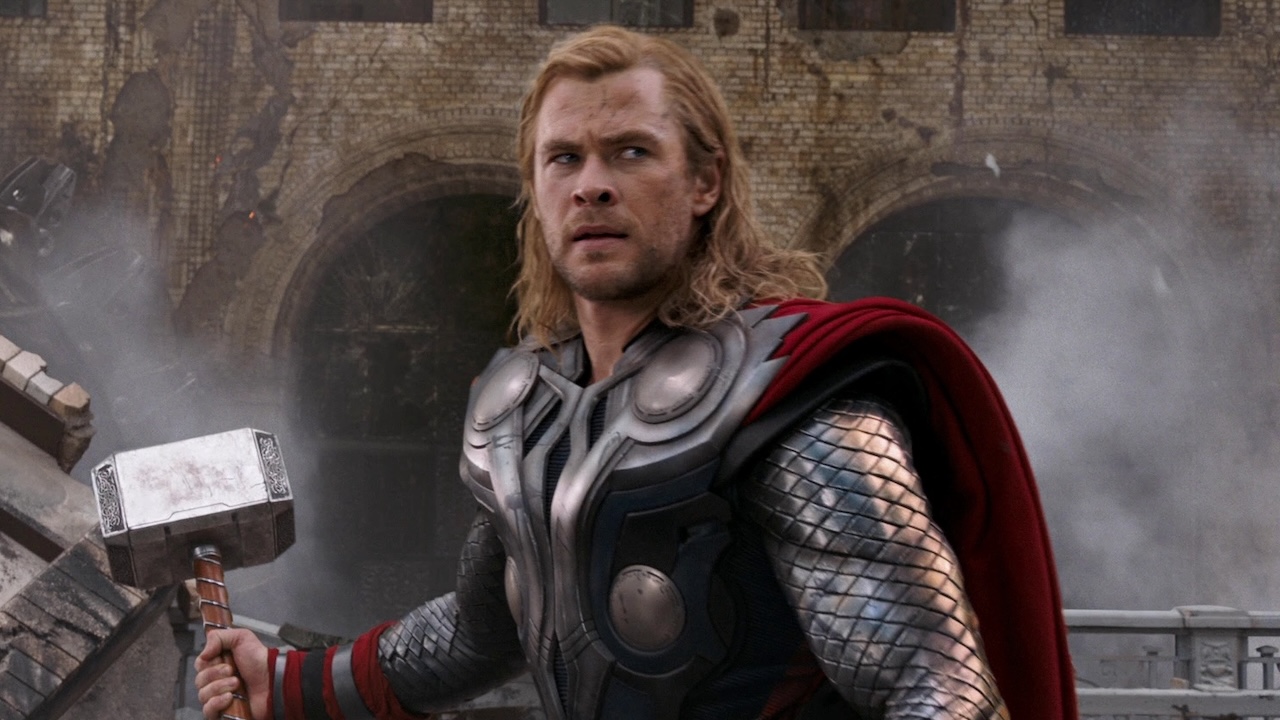The Story Behind How Stanley Kubrick Brought The Elevator Of Blood Scene To Terrifying Life For His The Shining Adaptation
The bleeding elevator shook even The Shining filmmaker.
Despite Stephen King and Stanley Kubrick differing creatively, The Shining, adapted from King's 1977 novel of the same name, stands as a cinematic masterpiece and a landmark in the pantheon of great horror movies. While the film is rife with chilling scenes that have etched themselves into the collective memory of audiences, one particular sequence stands out in its terrorizing glory: the elevator scene. This blood-soaked moment has become iconic, and the tale behind its creation is as fascinating as it is horrifying. In fact, it was such a horrific experience that it even scared the meticulous filmmaker himself.
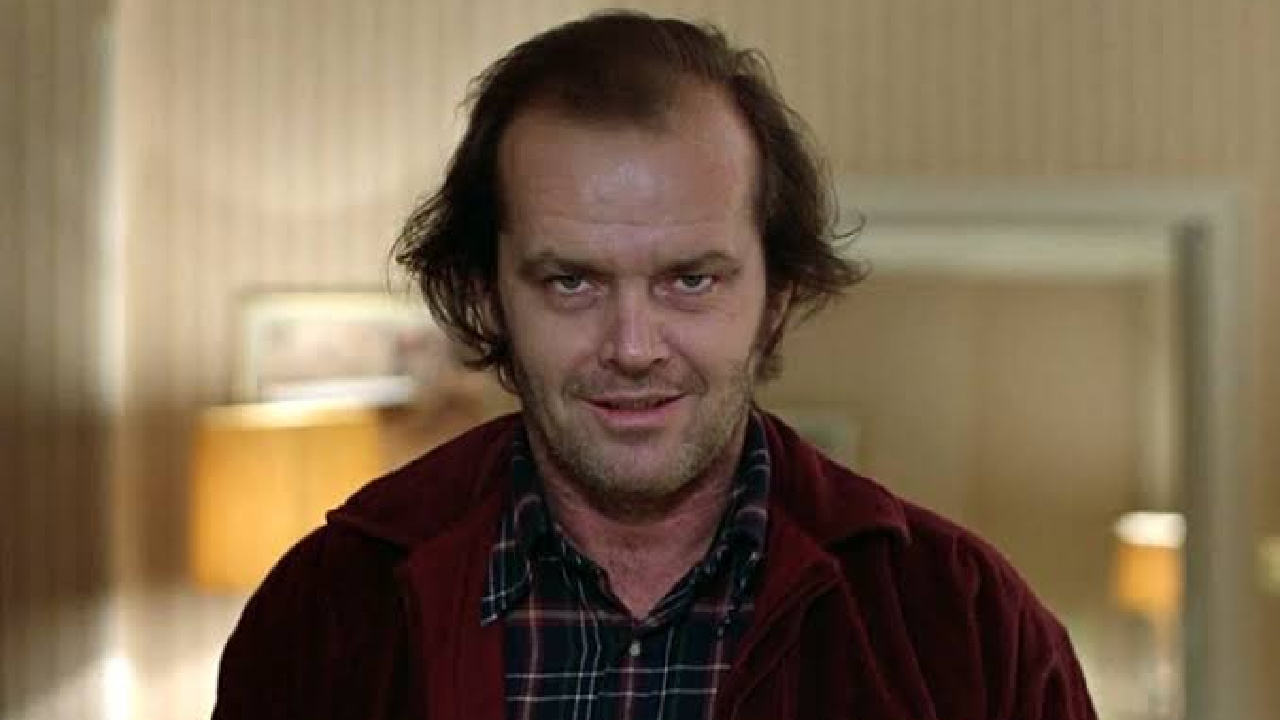
Where The "King Of Takes" Meets The "King Of The Macabre"
Dubbed the "King of the Macabre," Stephen King's novels have been the bedrock for spine-tingling tales translated to the silver screen. The Shining, a cornerstone in King's legacy, introduces us to Jack Torrance, portrayed by the iconic Jack Nicholson, navigating the eerie Overlook Hotel with his wife Wendy (Shelley Duvall) and son Danny (Danny Lloyd).
Stanley Kubrick, renowned for his meticulous approach, historically took liberties with King's narrative, creating a divergence that fueled both acclaim and controversy. Despite the Salem’s Lot creator’s reservations, the big screen adaptation, boasting some of the scariest scenes in horror movie history, holds a spot on the top of our best Stephen King adaptations, solidified itself as a classic and is easily one of the best '80s horror movies.
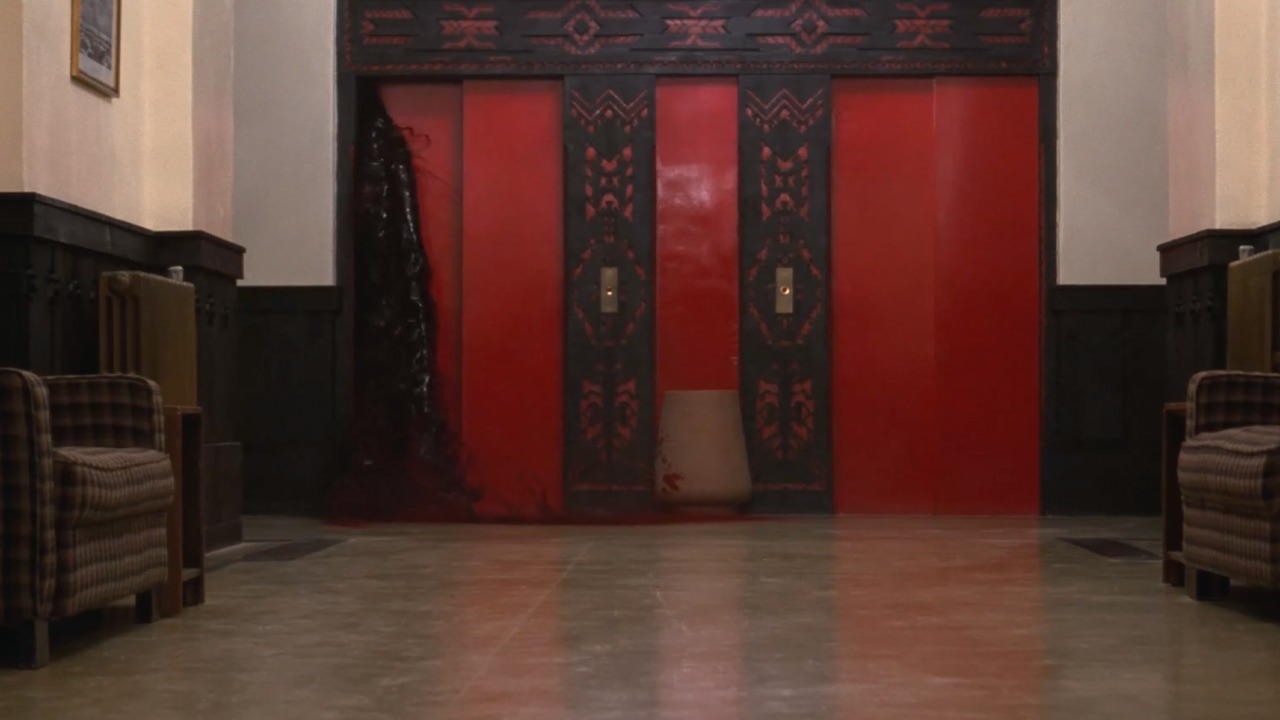
The Elevator Scene: A Macabre Symphony
While there are many terrifying moments in The Shining, according to the Eyes Wide Shut filmmaker’s longtime personal assistant, Leon Vitali, speaking with Yahoo in 2018, there was one scene that unnerved the legendary filmmaker to the extent that he couldn't bear to be on the Overlook Hotel set during its filming. This is none other than the iconic "elevator of blood" sequence — a static shot capturing a lift door gradually opening as a deluge of sticky red liquid pours out, enveloping the walls, furniture and even the camera lens.
The sheer eeriness of this moment is so impactful that it recurs multiple times in the film, and Warner Bros. deemed it powerful enough to feature the entire sequence as one of the trailers for The Shining, which you can watch embedded below.
Strikingly, once captured on film, Stanley Kubrick, despite his initial trepidation, was captivated and happily watched the scene repeatedly. However, Vitali vividly recalled how the infamously hands-on director handed the reins to his crew on the actual shoot day. According to him:
Stanley couldn't bring himself to watch it. When we were all on set, Stanley said, 'Keep an eye on it and tell me if anything goes wrong.' And then he walked out!
However, the unsettling brilliance of The Shining's elevator scene was not without its share of challenges, which we'll get into next.
Your Daily Blend of Entertainment News
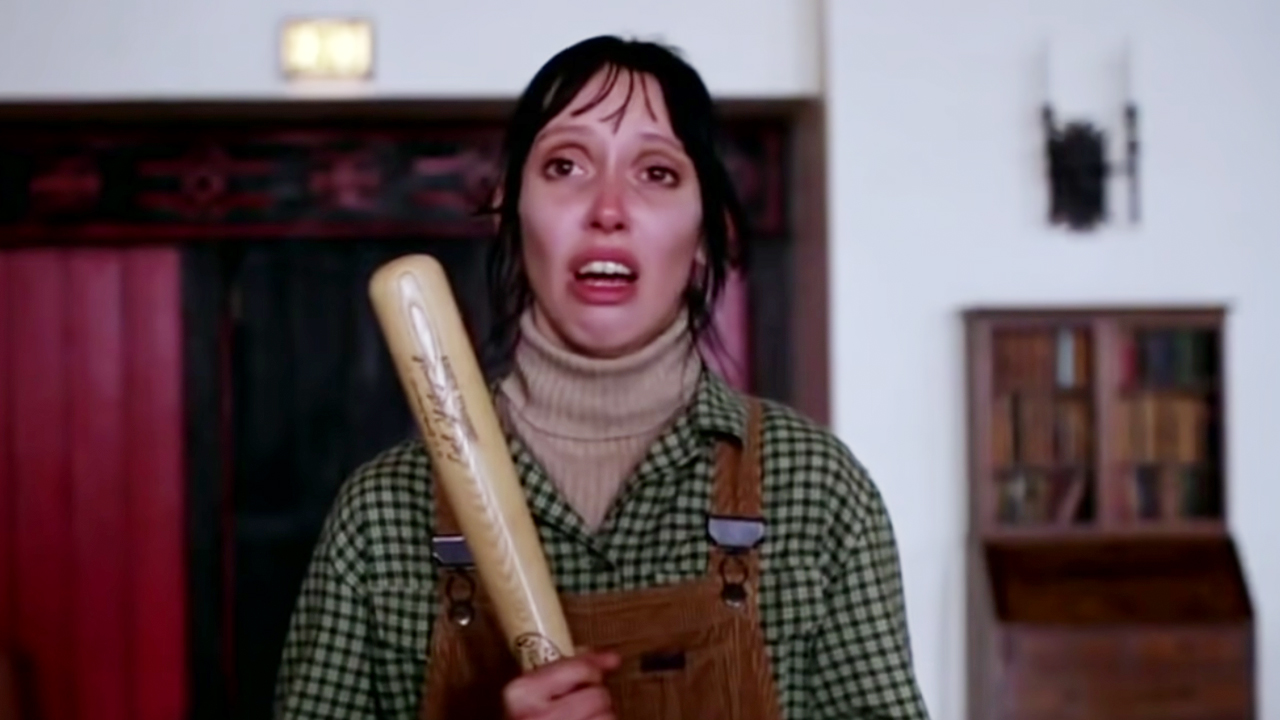
Kubrick's Unsettling Magnum Opus
Even though many horror fans know of Stephen King's discontent with the Spartacus filmmaker’s adaptation, particularly prompting him to produce his own TV miniseries rendition, the elevator scene alone became a beacon of horror cinema and is well worth the price of admission to the flick. The deluge of blood, cascading through the Overlook Hotel's corridors and seeping through the elevator doors, has become synonymous with the film's nightmarish ambiance.
Vitali delved into the intricate process behind this blood-drenched masterpiece in the same 2018 Yahoo Entertainment interview. Weeks of meticulous preparation were dedicated to perfecting the blood's quality, color and consistency. The quest for authenticity led to accumulating hundreds of gallons of fake blood, a crucial element in realizing Kubrick's vision.
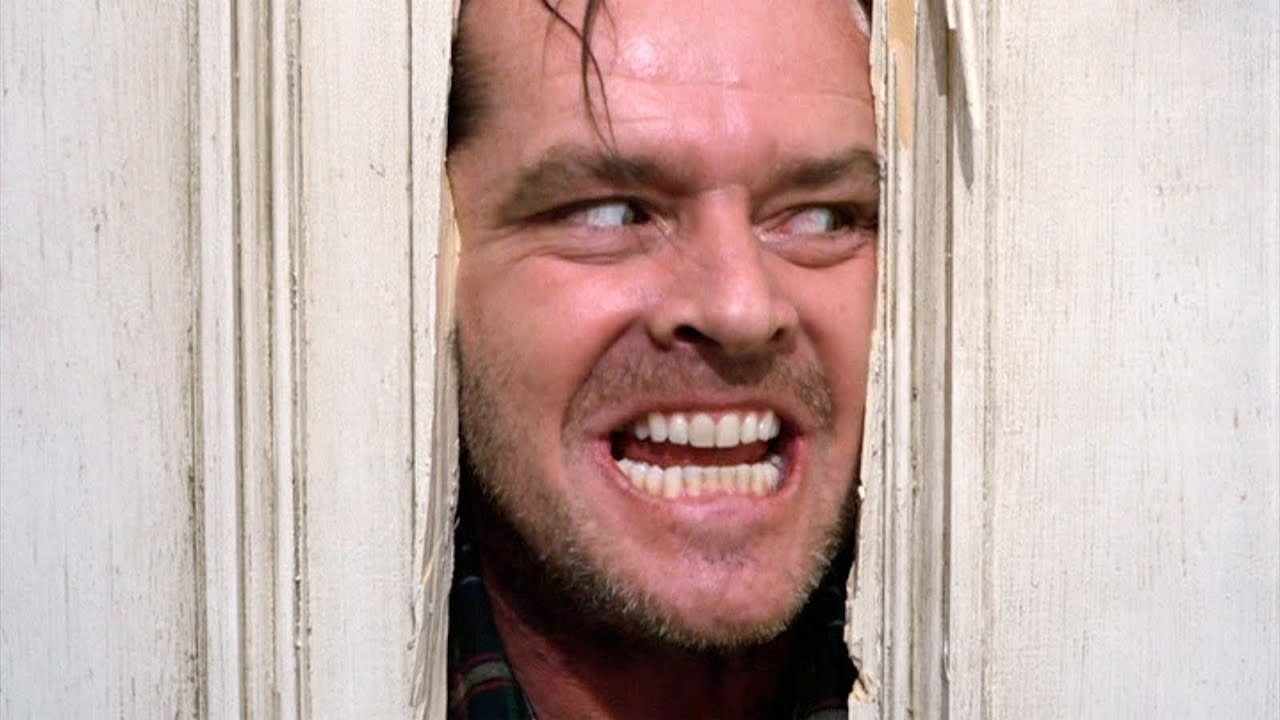
Navigating the Nightmares
Let's be clear – Stanley Kubrick didn't harbor a fear of blood. According to Leon Vitali, the filmmaker's apprehension stemmed from the anxiety of witnessing a meticulously planned scene potentially unravel. As Vitali elaborated, weeks were invested in achieving the right quality and color for the blood, aiming for a natural look without excessive redness. Consistency was paramount considering the substantial volume of blood being used. Additionally, the mechanics of the scene posed a challenge given the risk of pressure build-up within the confined space of an elevator.
Despite Kubrick's evident unease about the potential mishaps, one may wonder why he conceived the idea of filling an elevator with blood in the first place. It wasn't driven by a desire to stay faithful to Stephen King's 1977 novel, where the Overlook elevators held nothing more sinister than party favors and confetti – ghostly remnants of a long-past celebration.
The filmmaker’s right-hand man, now in his 70s, highlighted their intent to distill King’s story's essence, ensuring each scene served a dramatic purpose. The iconic blood-drenched elevator scene symbolizes the hotel evolving into a character itself.
If the movie were produced today, producers might rely on CGI to minimize the risk of a blood-filled elevator blowing up during post-production. However, given the absence of digital tricks in the late '70s, the crew had to nail the shot on the first take. Vitali affirms Kubrick's unwavering commitment to the idea, emphasizing that any setbacks would lead to a meticulous reevaluation. As he puts it:
Stanley was not going to give up on the idea. We would have gone back, figured out what went wrong, fixed those areas, and done it again.
That brings us to the day this iconic scene from The Shining was captured on film.

The Bloodbath Unleashed
On the shoot day, the crew filled the elevator compartment to the brim with hundreds of gallons of faux blood and strategically positioned four cameras to capture the entire gory spectacle. Each camera had a different focal length lens and film speed to ensure a comprehensive recording. Vitali vividly recalled the ingenious move of camera operators taking refuge inside oversized wooden chests to shield themselves from the impending deluge of red liquid, mimicking human hemoglobin. Working against the clock, they had to be swift, knowing the elevator's liquid contents had a limited holding capacity. According to Vitali, the telltale signs of this time constraint are evident in the film, as the liquid starts seeping through even before the doors open.
When the command for "Action" was given—and with the movie’s director having evacuated the set—the doors slid back, unleashing a torrential red tide that surged through the set, carrying furniture in its tumultuous wake. Recollecting the moment, Vitali revealed:
I tell you, it worked in a way we never thought it would work. That deluge of blood was picking up things like the sofas. It was such a violent volume of this red liquid coming at you; those of us who were in there thought, ‘My God — we’re going to drown!’ When Stanley saw the footage, he was so happy. But at the time it was happening, he couldn’t watch.
And now we come to the final section of this feature, delving into why The Shining's elevator scene is such a big deal.

A Cinematic Triumph Against All Odds
The elevator scene is a testament to Stanley Kubrick's unwavering dedication to his craft and is one of the many reasons why the movie version is superior to the book. The production team navigated challenges like managing the massive volume of fake blood, avoiding technical mishaps and meeting tight deadlines to create a sequence that defines the essence of horror cinema.
This amalgamation of visionary direction, meticulous planning and the unwavering commitment of the cast and crew resulted in a moment that transcends the confines of the screen. The elevator scene isn't just a cinematic spectacle; it's a visceral exploration of horror that leaves an enduring imprint on the viewer's psyche. Ultimately, it symbolizes the relentless pursuit of excellence the Lolita helmer was known for, solidifying his legacy as one of the greatest directors in history.
For those eager to revisit one of Stanley Kubrick’s best works, The Shining is available for streaming with a Paramount+ subscription. And, of course, don't miss our list of upcoming horror movies for a dose of spine-chilling entertainment. Or, if you want to see what upcoming Stephen King TV and Movie adaptations are set to hit the 2023 movie schedule, we've got you!

Ryan graduated from Missouri State University with a BA in English/Creative Writing. An expert in all things horror, Ryan enjoys covering a wide variety of topics. He's also a lifelong comic book fan and an avid watcher of Game of Thrones and House of the Dragon.
